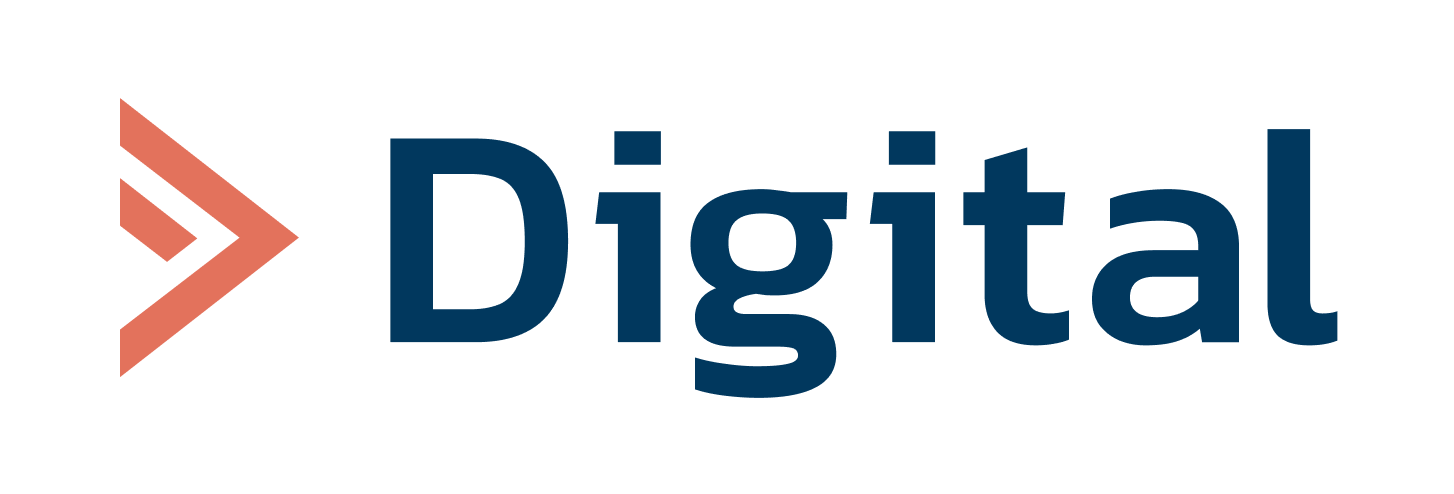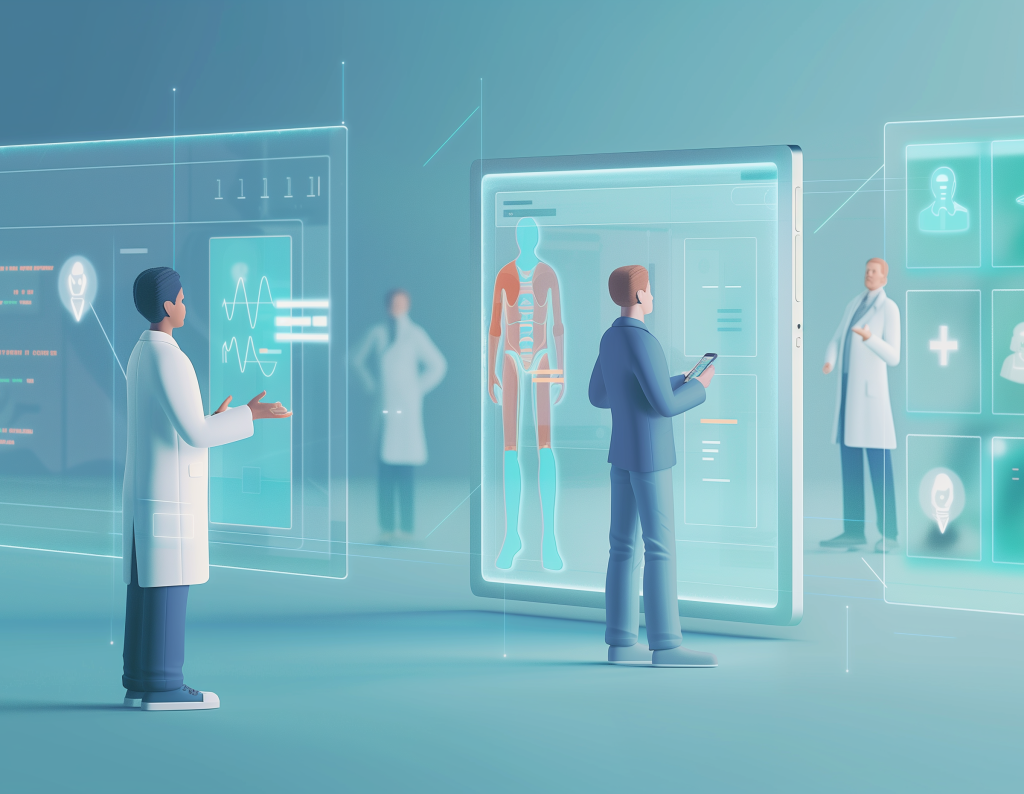In recent years, more and more mental-health care startups have pinned their hopes on AI, promising “therapy without the therapist.” Yet thoughtless automation often backfires: clients receive shallow support, and in crises, AI therapy apps simply don’t cope. Algorithmic errors erode trust not only in digital therapy but in AI itself.
Against this backdrop, Hopeflow stands out – a platform for finding and supporting psychotherapy where a human remains at the center. The service helps people choose a therapist with attention to their goals, language, cultural context, and lived experience. Technology is used to make the process easier and faster, not to replace it.
We spoke with Nadia Damkovskaya, Founder of Hopeflow, about why empathy still beats an algorithm and why digital mental health is circling back to a human-centered approach.

Andersen: Why didn’t you follow the trend toward AI therapy? What is the main argument for keeping a human in the loop?
Nadia: In therapy, empathy, a live response, and the ability to stay with someone inside their unique story are decisive. From day one, we’ve built Hopeflow around the person, not the algorithm. Our aim is not to swap a professional for a machine but to broaden access to human support.
The premise of the second question becomes senseless once you understand the human psyche. We’re social creatures – we respond to people, and it’s among people that we undergo transformation: change, emotion, repair. Therapy is the lived experience of human contact that helps someone move through an emotional crisis and lay down new neural connections.
Forming a new neural pathway – that is, stepping out of a pattern (or, put differently, forming a new response or emotion in a repeating situation) – is a core therapeutic goal. AI cannot replace a human here because, for now, it doesn’t elicit the same emotional attunement or the sense of shared feeling that comes with a real human presence.
AI also struggles to fully grasp the subtlest shades of emotion, non-verbal cues, and cultural context. Perhaps artificial companions – or highly realistic robotic models – might one day get closer. But not yet.
Andersen: When is a human therapist strictly indispensable?
Nadia: In complex situations: bereavement, depression, family crises, trauma. Technique matters, but so does the personal bond, the felt sense of being understood and accepted. Over time, this becomes transference work and the experience of new, practiced emotions, held and processed through the therapist’s personhood. That is the healing agent, not just a technique or an algorithm that prompts self-reflection.
Andersen: And where can algorithms genuinely help?
Nadia: At Hopeflow, we use algorithms where they amplify human work. Screening initial requests, matching therapists to a client’s goals, automating routine steps. Algorithms excel at organizing data, but it’s the clinician who ultimately decides what methods are appropriate in human contact.
Andersen: Are there areas of psychotherapy where AI can be dangerous?
Nadia: Yes. It’s dangerous when someone in crisis gets the illusion of support from a bot instead of real help. An algorithm may fail to recognize risk – suicidal ideation, for instance – and miss the moment that calls for urgent human action. There’s also emerging evidence that some AI “therapists” can reinforce harmful triggers and stigmatizing frames of mind; a recent Stanford study highlighted this trend (see the summary in Fast Company.
Andersen: How do you view the current AI-driven boom in digital therapy: threat or useful addition?
Nadia: As an addition, especially against therapy’s biggest barrier – the fear of the first step. The AI boom raises awareness and lowers the entry threshold. But therapy isn’t a mere service – it’s deep work. Reducing it to “a chatbot on your phone” misses the point. We’re for integrating AI as an auxiliary tool, not as a substitute for a professional.
Andersen: What user problems do you resolve first?
Nadia: Access and clarity of choice. People often feel lost: “Where do I start? How do I know who fits me?” Hopeflow addresses this with intelligent matching, a clear onboarding path, and transparency – experience, modalities, reviews are all visible. For immigrants and people living abroad, we also bridge cultural and language gaps – it’s critical for mental health.
Andersen: How is your service different from a directory – or word-of-mouth?
Nadia: A directory is a list; you’re on your own. We structure the journey as guided accompaniment – we take on part of the work, shortlist appropriate professionals, and make trial steps easy and supportive. Word-of-mouth can be great, but it’s subjective. We combine lived client experience with professional standards.
Andersen: Isn’t it hard to scale a product where the core work is done by humans, not machines?
Nadia: It’s a challenge. That’s why we use a hybrid model: experts work with clients, while everything that can be automated – scheduling, payments, initial questionnaires – flows through digital channels. Scale comes from optimizing these processes so that therapists spend more time on care, not bureaucracy.
Andersen: How does your therapist-matching process work?
Nadia: We consider the client’s request and goals, preferred format, life experience, and linguistic and cultural fit. We’ve learned that when a client and therapist have resonating life experiences, the relationship is set up for success. Quality is vetted at entry – degrees, certifications, experience – and we track dynamics over time: reviews, consistency, client outcomes. It’s a living process, not a one-off check.
Andersen: What is automated and what remains human?
Nadia: Parameter-based matching, calendars, payments, reminders, and analytics are automated. Clinical judgment, relational work, and the craft of therapy itself are performed by people.
Andersen: Privacy is critical in psychotherapy. How do you protect personal data?
Nadia: We operate to GDPR and HIPAA standards. Just as importantly, Hopeflow doesn’t collect medical data, and the client-therapist contact happens outside of our platform. Safety is paramount, especially for migrants or anyone wary of stigma, given how delicate this kind of service is.
Andersen: Finally, what’s next?
Nadia: Our team is building a new product that will spin off from the Hopeflow therapy platform into the OMME app. We’re preparing a late-November release. Early users can already join the waitlist here.


